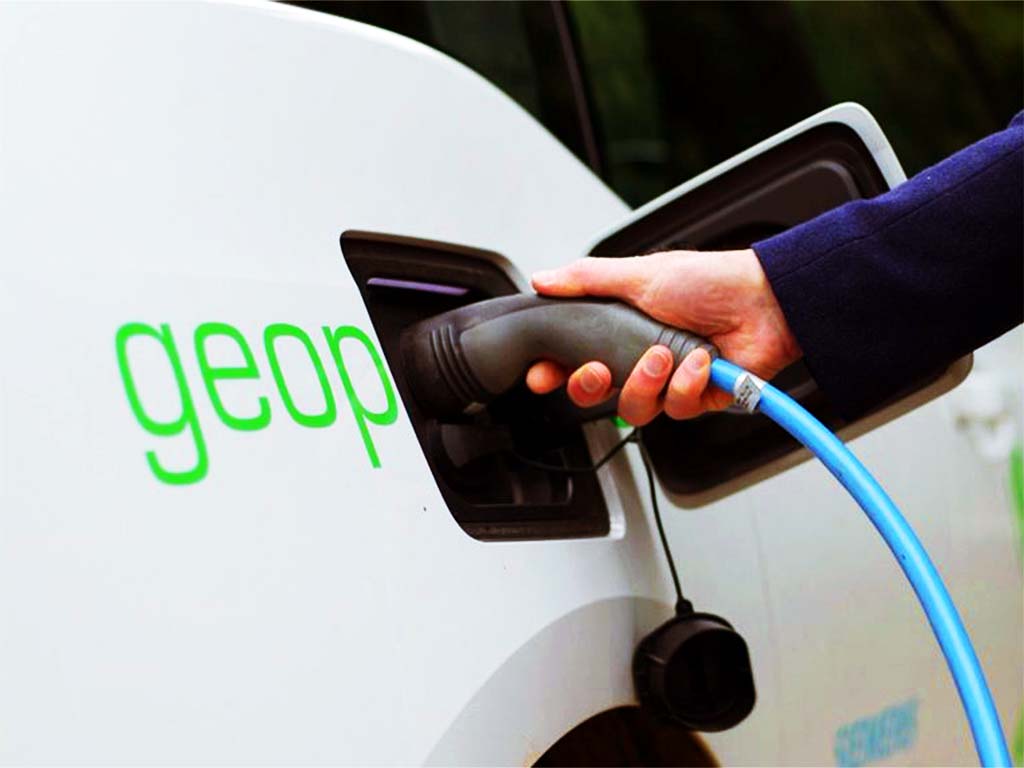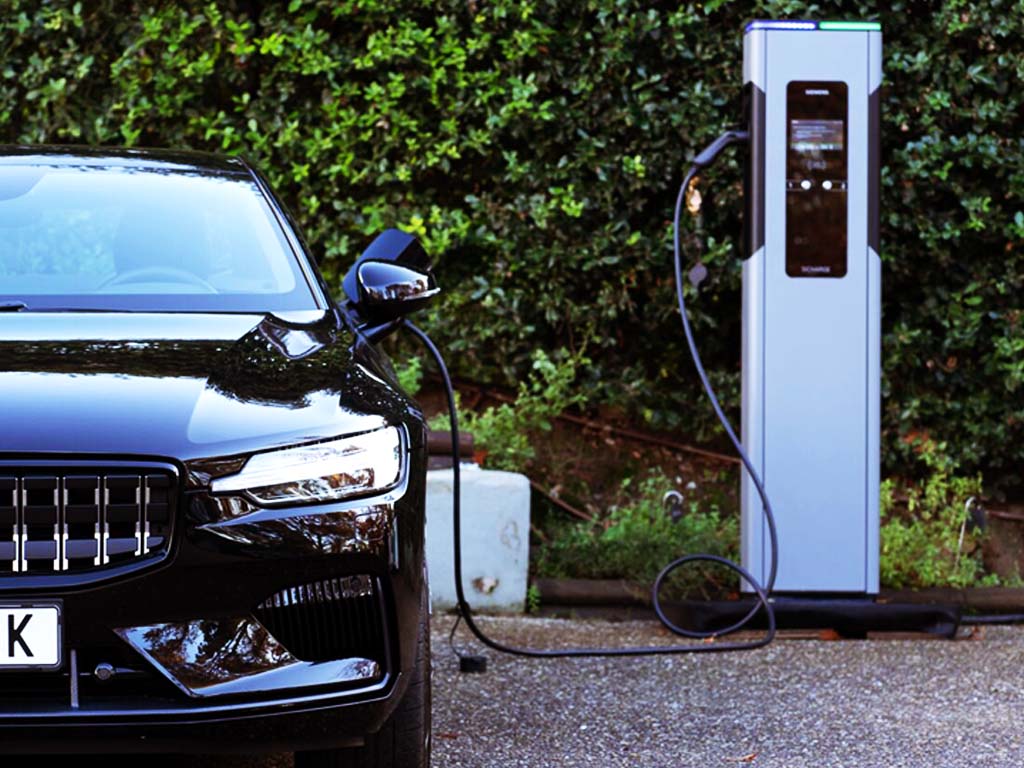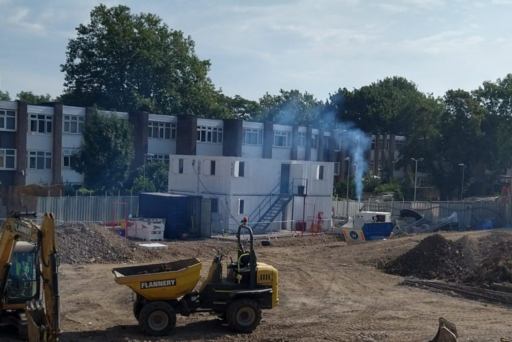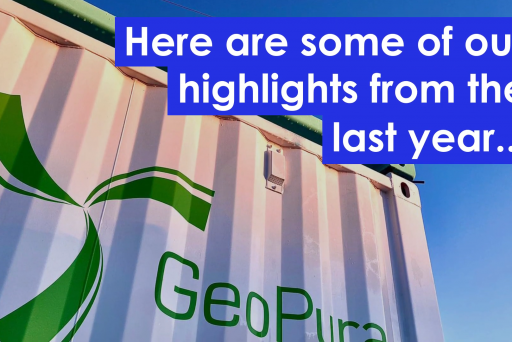This summer, Birmingham will become one of the first major UK cities outside of London to implement a Clean Air Zone; and before the end of 2022 other cities including: Bristol, Bradford, Leicester, Manchester, Newcastle, Portsmouth, and Sheffield will join them. The move follows the UK Government and local council Air Quality Improvement Plans and shows that increasingly we will work, live and travel within Clean Air and Low Emissions Zones as part of our daily lives. Indeed, now that the impact of poor air quality on both health and economic activity is better understood, Governments around the globe are looking to reduce emissions and improve air quality especially by limiting air pollution generated by traffic in heavily populated areas.
The importance of clean air
While we may not be able to physically see air pollution, it is a very real and credible threat to life and well being. According to the World Health Organisation (WHO), ambient air pollution is responsible for around 4.2 million deaths each year due to stroke, heart disease, lung cancer, acute and chronic respiratory diseases.
Around 91% of the world’s population lives in places where air quality levels exceed WHO limits. While air pollution affects every member of our society, this is especially true for: children, the elderly, and those with heart, breathing and underlying health conditions. In recent years, there have been several high-profile cases that have legally established that air pollution has been the key factor in specific premature deaths, including that of 9-year-old Ella Kissi-Debrah of London in 2013.
Although local rules will differ, all Clean Air Zones are currently focused on restricting the use of vehicles in one form or another. Motorists are either discouraged to enter certain areas with charges and levies, or restrictions are put in place to only allow access to certain types of vehicles.
The aim is to encourage the switch to cleaner vehicles such as EVs and hybrids, and prompt people to walk, cycle or take public transport. Many cities are prioritising the transition to net-zero transport: implementing emissions-free taxis and buses. Government schemes, such as the UK’s OLEV Grant, are also encouraging the uptake of EVs and many countries have introduced a date on which they will ban the sale of new petrol and diesel vehicles.
Clean Air Zones are proven to be effective in reducing emissions. An article from The Guardian demonstrated that London’s ultra-low emission zone (ULEZ) reduced nitrogen dioxide by 37%, compared with roads far outside the zone. If we continue in this vein, we will reap the benefits of there being significantly less polluting vehicles on our roads and less emissions in our air – both inside and outside of Clean Air Zones. However, are our cities ready for the electrification of transport and do we need to go further and look at other sources of pollution than just city traffic?


Overcoming the challenges of Clean Air Zones
As with any change in legislation, Clean Air Zones do not come without their challenges. When implemented, councils and local businesses will need to consider how they will provide EV charging facilities for the increased growth in EV ownership and use; and if the electrification of transport is going to yield substantial emissions savings, we must consider how we source the immense energy it will require.
As discussed in our “meeting the challenge of the National Grid future energy scenarios” blog, the world’s energy networks were not designed with the electrification of transport in mind. If the introduction of a Clean Air Zone needs to be coupled with the ability to meet a vastly increased demand for electricity for private and public transport, very few cities will be able to upgrade their infrastructure to cope without significant investment and disruption. The required ban on the sale of new petrol and diesel vehicles will make this problem increasingly likely in more and more locations with increasingly inequitable access to essential charging facilities.
Navigating the transition
In the vast amount of localities the only way to supplement the existing network infrastructure will be an increase in local grid augmenting and off-grid power generation; and if this is to help support the overall goal of a reduction in emissions this must all be delivered using renewable energy.
We expect to see a huge increase in traditional renewable technologies such as Solar PV and wind. It’s unlikely that many built up areas will be able to support the export of this energy via local networks to the grid, and we predict that more battery storage will be installed to enable local usage. Whilst battery installation could support local EV charging for companies and households at very low volumes, it is exceptionally unlikely that enough battery capacity could be manufactured and installed commercially to store the amount of energy required to fully replace fossil fuel use in transport and heating, On a larger scale, to support public transport hubs and large-scale fast EV charging, we see an increasing need for industrial scale local electricity generation plant powered using using zero emission fuel cell technology such as our HPUs providing reliable and scalable power. Permanent HPU installations, run on hydrogen-based fuels, could provide continuous power of up to 2MW. Fueling these with green hydrogen would mean end to end emissions free, renewable energy. An increase in renewable energy generation would enable countries to produce more green hydrogen using water electrolysis. This would support renewable energy storage at scale and provide emissions free hydrogen for the growing hydrogen economy.
The world’s electrical grids are already supplemented by local large diesel generator sets. There is a risk that as we gear up to electrify transport, we outgrow our existing energy networks without having sustainable alternatives in place and we dramatically increase supplement our reliance on diesel generation. In many parts of the world this is already the case (“The Dirty Footprint Of The Broken Grid”, IFC, World Bank report) and solutions need to be sought urgently to ensure attempts to reduce emissions do not compound these issues.
GeoPura would like to see diesel generators included within Clean Air Zone restrictions. We have proved that even the largest construction sites can be powered using HPUs and the technology is reliable enough to deliver back-up power to critical systems such as datacentres and hospitals.
To ensure that future investment in energy provision is focused towards renewable energy and sustainability we want to see Governments go further in their Clean Air legislation; setting a future date by which the use of fossil fueled generators and other mobile machinery will be banned alongside the ban of the sale of petrol and diesel cars.
As experts in zero-emissions hydrogen power production, we are happy to discuss any of the areas raised in this text with interested parties.





